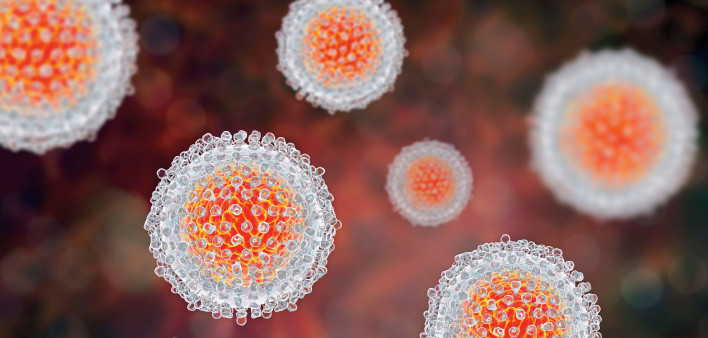Elimination of hepatitis C as a public health problem is an ambitious but achievable goal that will require investing more resources and removing barriers that continue to stand in the way of expanding access to treatment, according to a statement from the Infectious Diseases Society of America (IDSA).
As scientific and political leaders and advocates commemorate World Hepatitis Day on July 28, infectious disease professionals called on policymakers to support the updated National Viral Hepatitis Strategic Plan, which aims to eliminate viral hepatitis as a public health threat in the United States.
“America is undertaking a concerted and coordinated effort to end viral hepatitis,” said IDSA president Barbara Alexander, MD, MHS, of Duke University School of Medicine, and HIV Medicine Association chair
Rajesh Gandhi, MD, of Harvard Medical School and Massachusetts General Hospital. “This ambitious but achievable goal will not be met unless Congress boosts funding for the Centers for Disease Control and Prevention’s viral hepatitis program, supports syringe services programs and addresses serious infections like hepatitis C, which are linked to injection drug use.”
An estimated 850,000 people in the United States are living with hepatitis B virus (HBV) and and some 2.4 million are living with hepatitis C virus (HCV), according to the Department of Health and Human Services. More than half are unuware they carry these viruses. Over time, chronic hepatitis B or C can lead to serious complications, including cirrhosis and liver cancer.
Hepatitis B is preventable with a vaccine, which is recommended for all infants in the United States. There is no vaccine for hepatitis C, but well-tolerated direct-acting antiviral medications can cure almost everyone with the virus.
However, several states have restrictions in place that limit access to hepatits C treatment through Medicaid. These include offering treatment only to people with advanced liver disease or reqiring that people be sober and off drugs for a certain period before they’re eligible. What’s more, many incarcerated people do not have access to treatment. With regard to prevention, some states have scaled back syringe distribution programs, which help prevent prevent the transmission of viral hepatitis and HIV among people who inject drugs.
“COVID-19 has reinforced the urgent need for greater investment in public health and health equity,” Alexander and Gandhi said. “The United States needs to expand access to prevention services, including syringe exchange and vaccines, screening and treatment for viral hepatitis if we are to make meaningful progress toward ending these public health threats by 2025.”







Comments
Comments